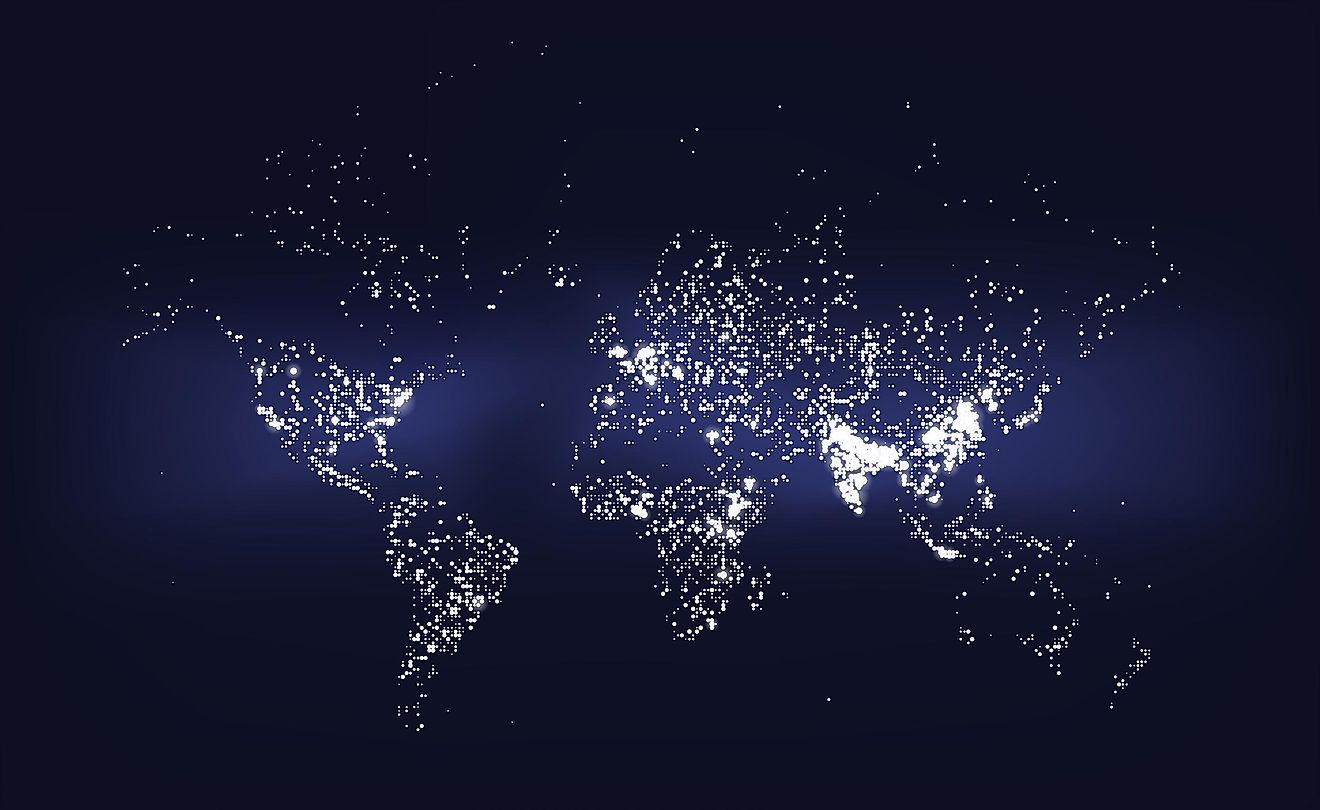What is the Population of the World?

According to the US Census Bureau, the estimated world population as of April 2019 is 7.7 billion people, up from 7.3 billion in 2016. Two countries, China and India, have a combined population of approximately 2.7 billion people or 35% of the total world population. The population of the world is expected to continue growing and will have exceeded 8 billion by 2030 and 10 billion by 2055. According to the UN estimates, about 80 million children are added every year.
Understanding the World Population
Just an Estimate
Although the world population given as 7,713,468,100 may appear precise, it is important to note that it is just an estimate and not the exact number of people alive on earth today. It is not possible to know the exact number of people on earth at any one time. For this reason, several sources have conflicting estimates of the global population for different years. According to the US Census Bureau, a child is born every 7 seconds while one person dies every 13 seconds. According to the UN, a global population of 7 billion was reached in 2011 while other sources such as the World Bank and the US Census Bureau believe the number was reached in 2012.
History of Population Growth
For a long time, the population of the world was much smaller than it is today. Before the growth of agriculture, the population of the world was about 15 million. The gradual movement of people into settled communities and the growth of agriculture saw the population grow to about 300 million by AD 0. However, it was not until the 19th century that the global population crossed the 1 billion mark. As the industrial revolution reached its peak and the standard of living improved, the population growth rate increased considerably. By 1920, the population had reached 2 billion. The highest population growth was experienced in the 20th century. The massive population growth was due to improved sanitation, diet, and medicine. By 1999 the global population was 6 billion.
Future Population
Most sources believe that the population will continue to grow. However, the rate of growth remains a topic of contention. Some sources even believe that the population is likely to decrease in the future. The UN estimates that the world population will be around 9 billion in 2050. It argues that as the world becomes richer the family size becomes smaller and the growth rate slows down.
Largest Countries in the World
Over 50% of the current global population live in just ten countries. The world’s most populated country is China, with a population of approximately 1.4 billion people. The population of China is four times the population of the US. India is the second-largest country with a population of about 1.3 billion people. It is followed by the US with a population of 321 million and Indonesia with 255 million people. Brazil is the fifth most populous country with a population of 204 million people.
What is the Population of the World?
| Rank | Place | Population |
|---|---|---|
| 1 | World | 7,503,828,180 |











